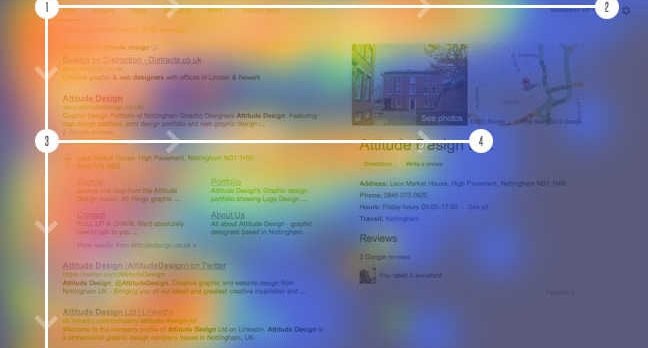
Writing for the web: make visitors read your content
Writing for the web is different from the traditional prose creation techniques we learned in school. Website visitors scan your web pages before deciding what they want to read. If you don’t style your content properly, then they will leave to search other websites. Knowing how people scan web pages and understanding where to place content on your pages will increase the time visitors spend on your website and reduce your bounce rate. Both items are crucial to converting visitors into leads.
Jakob Nielsen used eye tracking software to discover how users looked at web pages. He found that people scanned web pages using the F-pattern which consisted of a horizontal scan (typically a headline or a menu), then moved down a bit and scanned horizontally again (sub-headings), and finally looked down the left side (seeking interesting text). When they found text that caught their eyes, they would pause scanning to read the content. Follow this pattern on your web pages and you will entice more visitors to stop and read your content.
How visitors read
The study results outlined three important considerations for writers of web content. First, visitors don’t read the full text of each page. They scan the headlines looking for relevant information related to what they are looking for. Second, the first two paragraphs are read more often than following paragraphs (unless a powerful heading catches their eye). Front load your content with the most important information (typically your conclusion) instead of introductory text. Finally, start your headlines with powerful action words. Visitors will read the first and second words more often than the third and later words.
Proof in examples
Consider the three examples presented below. Clearly, CBC does not understand the importance of properly laying out their web pages to match visitor scanning processes. CTV does a better job (they also entice readers with a photo). The king of web content, Google fully understands and designed their search results pages following the F-pattern.
CBC does not follow the F-pattern.
CTV does a better job.
Follow Google’s lead
Google understands the F-pattern.
Write your content using the F-pattern. Design your web pages the same way as well. Not only will you increase the readership of your content but you will also reduce your bounce rate. The longer visitors remain on your web page is directly related to the number of new leads you will generate. More leads mean more business.


